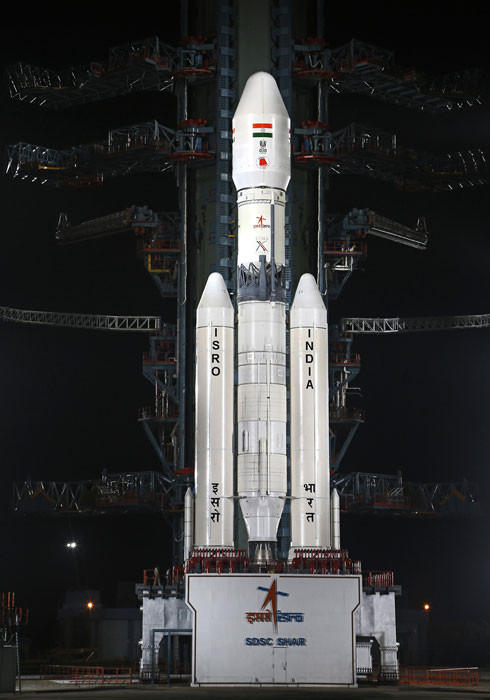India successfully launches its heaviest rocket GSLV-Mk III

The Indian Space Research Organisation (Isro) has successfully launched its heaviest rocket GSLV-Mk III from the Satish Dhawan launch centre in Sriharikota in southern India.
The LVM3-X/CARE suborbital mission passed the crucial atmospheric re-entry test for an unmanned crew module it was carrying, taking the country a step closer towards its human spaceflight programme.
The launch of GSLV Mk-III at 0400 GMT (9:30 am IST) from the Second Launch Pad went as scheduled and about five and a half minutes later, carried its payload, the Crew Module Atmospheric Re-entry Experiment (CARE) to the intended height of 126 km.
Following this, CARE separated from the upper stage of GSLV Mk-III and re-entered the atmosphere.
About 20 minutes 43 seconds after lift-off, CARE modules parachutes opened, following which it gently landed over Andaman Sea about 1600 km from Sriharikota, confirms Isro.
Two massive S-200 solid strap-on boosters, each carrying 207 tons of solid propellants, ignited at rocket lift-off and after functioning normally, separated 153.5 seconds later. The L110 liquid stage ignited 120 seconds after lift-off, while S200s were still functioning, and carried forward for the next 204.6 seconds.
The 630.5-tonne rocket GSLV Mk III is designed to make India fully self-reliant in launching heavier communication satellites of the INSAT-4 class, which weigh 4,500 to 5,000 kg, reports Times of India
The launch comes after a major space milestone when India inserted its Mars orbiter probe into orbit in September this year.
© Copyright IBTimes 2025. All rights reserved.





















